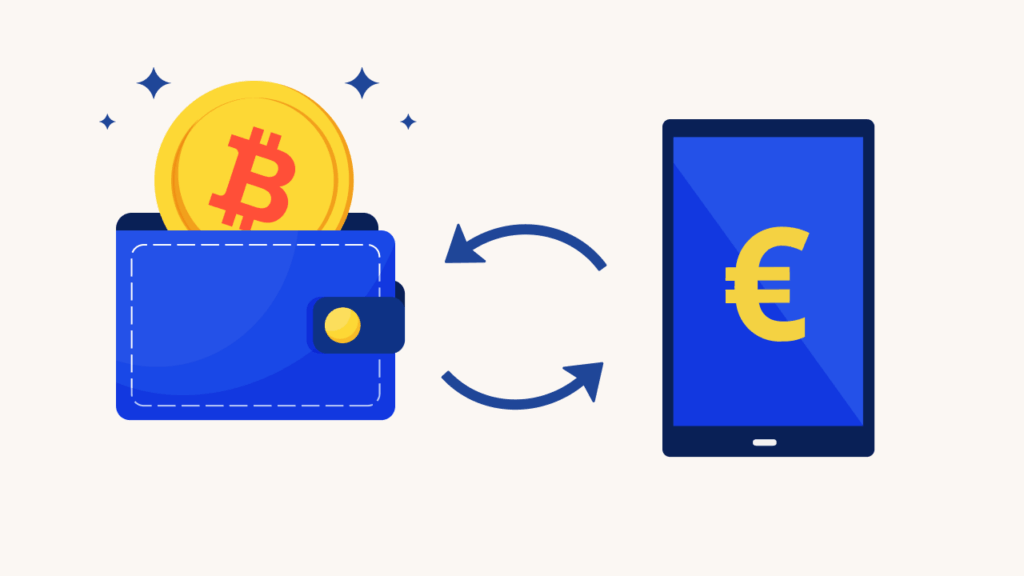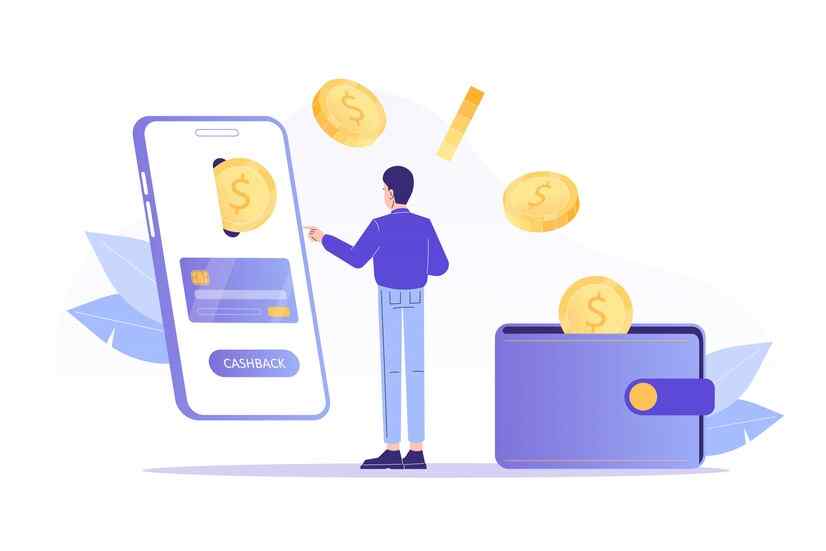
Moving coins should be simple (paste address → send), but most losses happen here. The good news: you can reduce mistakes to near zero with a few habits—pick the right network, include memos/tags when required, and do a small test transfer first. Beginner-friendly playbook below.
In short
- Right network: Ensure sender and receiver use the same network (ERC-20, TRC-20, BEP-20, etc.). Same ticker ≠ same chain.
- Memo/Tag: Assets like XRP, XLM, ATOM, BNB Beacon, EOS may require a memo/tag. If the exchange says it’s required, include it.
- Test transfer: Send $1–$10 first, verify on a block explorer, then send the rest.
- Address handling: Scan QR or paste carefully; verify first/last 4 chars and network label.
- Safer routes: Prefer CEX → CEX on the same network; use official/native bridges only if you truly know them.
1) Network 101: same ticker, different tracks
Many tokens live on multiple chains. Example: USDT exists as ERC-20 (Ethereum), TRC-20 (Tron), BEP-20 (BNB Smart Chain), SPL (Solana), etc. Send on the wrong network and it likely won’t arrive.
How to avoid it
- On the withdrawal screen, select the deposit network your destination supports (e.g., “Deposit: ERC-20 / TRC-20 / BEP-20 …”).
- If both sides support multiple networks, pick the one with the best fee, speed, and compatibility trade-off (ERC-20 is widely compatible; TRC-20 is often cheaper on Tron).
Address clues (rough guide):
- Ethereum/EVM (ETH, ERC-20, BSC, Polygon):
0x...(checksum case varies) - Bitcoin:
bc1...(bech32),3...(P2SH), or1...(legacy) - Solana: base58 (no
0x) - Tron:
T...(base58) - XRP:
r...+ often a destination tag - XLM:
G...+ often a memo - BNB Beacon (legacy):
bnb...+ memo (not the same as BSC0x...)
If unsure, don’t send. Check the destination deposit page for exact instructions.
2) Memos/Tags: small fields, big deal
Some routes use a shared address plus a short identifier (memo/tag) to credit your account. Miss it and the deposit may stay uncredited.
Common cases
- XRP → Destination Tag (number)
- XLM → Memo (text/ID)
- BNB Beacon (not BSC) → Memo
- ATOM → Memo on many exchanges
- EOS → Memo/Note
- Some CEX deposits for ALGO, KAVA, HBAR, XTZ also need a memo/ID
Golden rules
- If the deposit page says “Memo/Tag required”, add it.
- If it says “Not required”, leave it blank—don’t invent values.
- Copy memo/tag separately from the address (wallets often split fields).
- Self-custody wallets rarely need memos/tags unless you set them yourself.
3) The small test transfer (your guardian angel)
Always send $1–$10 first.
Why it works
- Confirms address, network, token standard (e.g., USDT ERC-20 vs TRC-20), memo/tag, and fee settings.
- Catches clipboard hijacks and wrong-chain mishaps.
How to do it right
- Send the small amount.
- Open the relevant explorer (Etherscan, Tronscan, BscScan, Solscan, etc.).
- Paste the tx hash or destination address; verify token + amount arrived.
- Then send the remainder.
- If something is off, you only risked a few dollars.
4) The “no-mistakes” 7-step checklist
- Confirm asset + network on the destination (e.g., “USDC (ERC-20)”).
- Copy the address or scan the QR.
- If shown, copy the memo/tag.
- Paste in the sender; verify first/last 4 chars and network selector.
- Choose normal fees for non-urgent; higher only if time-sensitive.
- Test send and verify on the explorer.
- After the test credits, send the rest.
Pro tip: Whitelist trusted addresses. Some CEXs enforce a 24h delay before withdrawals—good for security.

5) Explorers & confirmations (don’t rely on the app alone)
Apps can lag; explorers show the ground truth.
- After sending, copy the tx hash and paste it into the network explorer.
- Check: status = success, confirmations rising, correct token/amount, correct destination.
- On EVM, token transfers appear in a separate tab from native coin transfers.
6) Address safety: copy, QR, and human-readable names
- Scan QR screen-to-screen to avoid typos.
- Before sending, re-check first/last 4 chars and network label.
- ENS/SNS names are handy—but verify the resolved address (spoofs exist).
7) Stuck or wrong? What to do
Ethereum (stuck):
- “Speed up” by replacing the same nonce with a higher priority fee.
- If two txs share a nonce, whichever confirms first wins; the other is dropped.
Bitcoin (stuck):
- Use RBF if available; otherwise CPFP from the receiving wallet if possible.
Wrong network to a CEX deposit:
- e.g., BEP-20 USDT to an ERC-20 USDT address. Some exchanges can recover it—not guaranteed, may take time/fees.
- Open a support ticket with tx hash, address, amount, time, and network.
You control the destination key (EVM↔EVM):
- Add the correct RPC/network to view tokens. Bridges and non-EVM are different; if you don’t know exact steps, assume not recoverable.
Forgot memo/tag:
- With proof of payment and the correct memo/tag, open a ticket; many CEXs can manually credit.
8) Native vs bridged/wrapped assets, and bridges
- Native (e.g., “USDC (Native on Ethereum)”) ≠ bridged/wrapped versions. They’re not interchangeable by default.
- Prefer official bridges or direct CEX withdrawals to the target chain.
- Avoid multi-hop routes (L1 → L2 → alt-L1 → L2) for significant funds: more hops = more risk.
9) Fees & timing (save safely)
- ETH/EVM: Fees are lower off-peak UTC. Do test + main send in the same window.
- BTC: Check mempool; batch if paying multiple recipients.
- L2s: Cheap/fast for intra-ecosystem moves; mind L2 → L1 exit times.
Common mistakes & quick fixes
- Wrong network (USDT-TRC20 vs USDT-ERC20): always test first. If already sent, contact receiver’s support.
- Forgot memo/tag: open a ticket with tx details; many CEXs can fix it.
- Cached/old deposit address: always copy from the current deposit page (some platforms rotate).
- Ticker confusion: verify the token contract on the explorer, especially for new/obscure assets.
Q&A
Do I always need a memo/tag?
No—only when the deposit page requires it (common for XRP, XLM, ATOM, EOS, BNB Beacon). Rarely for personal wallets.
How big should the test be?
Small enough not to hurt if lost, big enough to cover fees—typically $1–$10.
Is TRC-20 cheaper than ERC-20?
Usually yes—on Tron. Confirm your destination accepts TRC-20 for that token.
Bottom line
Most disasters are preventable: choose the right network, add memo/tag when required, and always do a small test. Verify on a block explorer, then move the rest. With these habits, sending crypto becomes safe and routine.